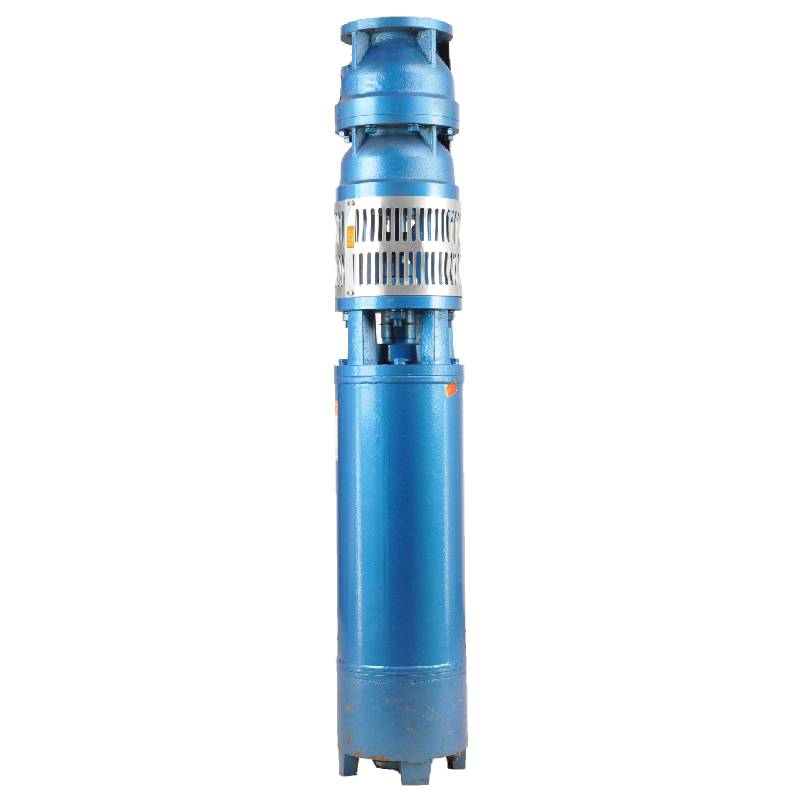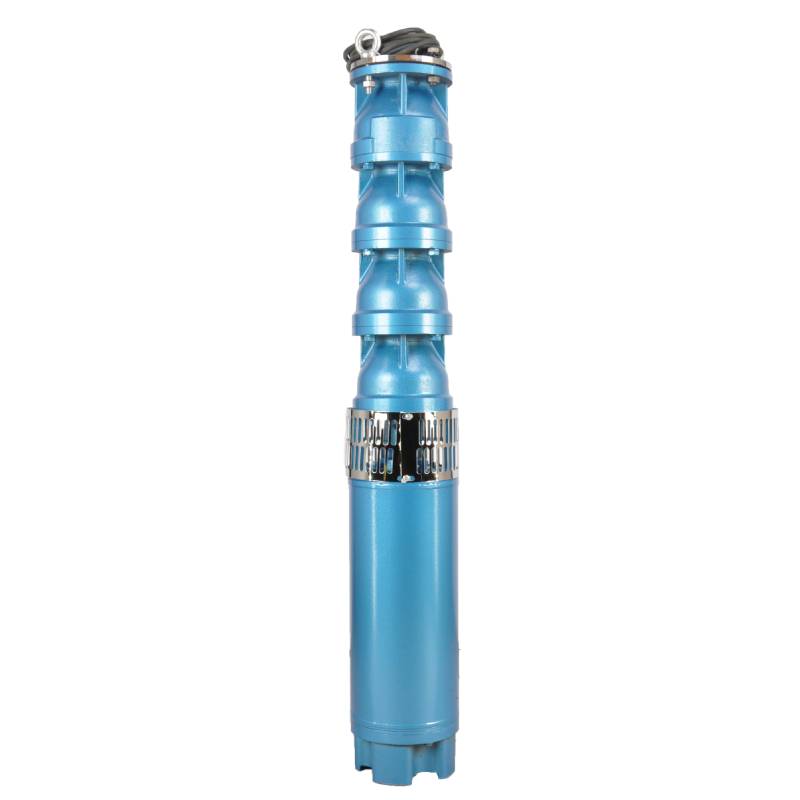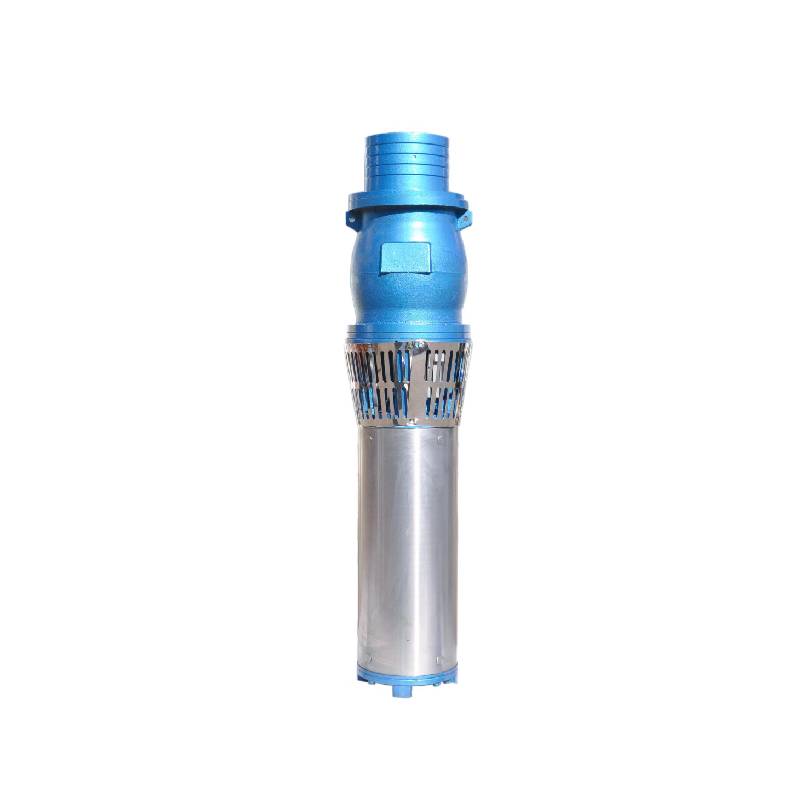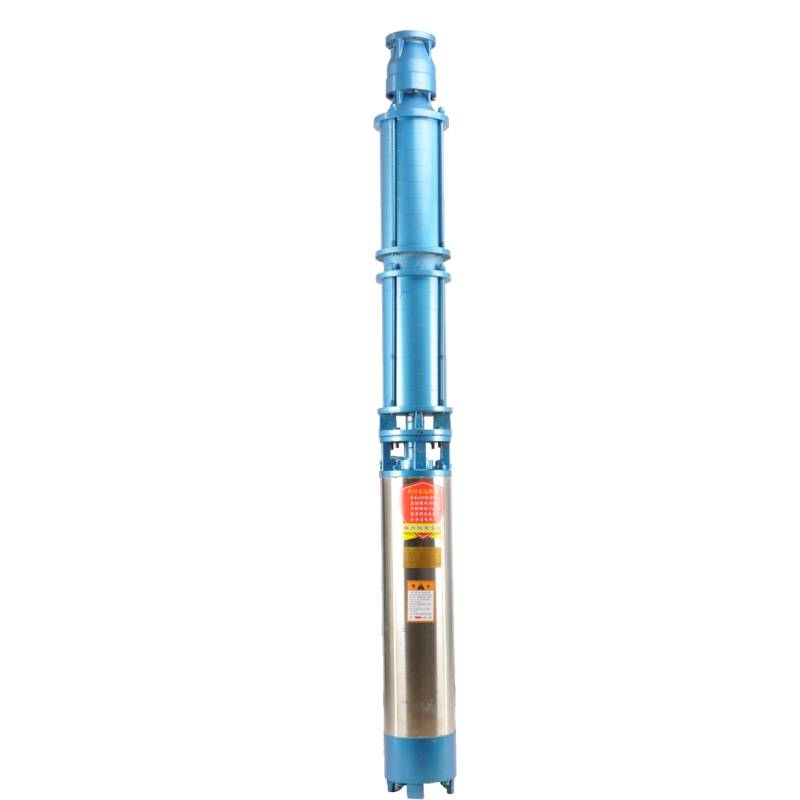9 月 . 04, 2024 20:35 Back to list
how to open a submersible pump
How to Open a Submersible Pump
Submersible pumps are vital tools used in various applications ranging from draining water to managing groundwater. They are designed to operate while submerged, making them an efficient solution for many pumping needs. However, there are instances when you may need to access the internal components of a submersible pump, such as for maintenance or repairs. This article will guide you through the steps necessary to safely open a submersible pump.
1. Gather Necessary Tools and Materials
Before starting the process, ensure you have the right tools at hand. Commonly needed tools include - Screwdrivers (flathead and Phillips) - Wrenches or socket set - Pliers - Torque wrench - Safety goggles and gloves - A clean, dry workspace
It’s also advisable to have a service manual specific to the model of the submersible pump you’re working on, as it can provide valuable insights regarding components and assembly.
2. Disconnect Power Supply
Safety should be your top priority. Before attempting to open the pump, ensure it is completely disconnected from any power source. This could involve turning off circuit breakers or unplugging the pump from the outlet. Confirm that the power is off using a multimeter, if necessary.
3. Remove the Pump from the Water
To open a submersible pump, it must be removed from its working environment. Carefully lift the pump from the water source; ensure you have assistance if the pump is particularly heavy. Use a rope or a lifting mechanism to avoid straining yourself. Place the pump on a flat surface where you can work comfortably.
4. Disassemble the Pump
how to open a submersible pump

Most submersible pumps have a casing that can be removed by unscrewing bolts or screws. Use the appropriate screwdriver or wrench to carefully unscrew these fasteners. Keep these screws in a safe place as you will need them for reassembly. Some models may have additional clips or fasteners that must be removed; consult your service manual for specific instructions.
Once the casing is removed, you may encounter additional components such as the motor, impeller, and volute. Take note of how these parts are assembled, as this will be important for reassembly. Taking photographs during this step can also be beneficial.
5. Inspect Internal Components
Once inside, inspect the internal components for wear or damage. Look for signs of corrosion, leaks, or blockages that could impact the pump's functionality. If you find any damaged parts, consider replacing them. Cleaning any debris from the impeller and other parts can also improve performance.
6. Reassemble the Pump
After inspection and any necessary repairs, it’s time to reassemble the pump. Reverse the disassembly process, ensuring that each component is properly aligned and securely fastened. Replace any seals or gaskets that may have been disturbed during the process to prevent leaks.
7. Test the Pump
Once the pump is reassembled, it’s crucial to test it before placing it back into operation. Connect the pump to the power source and run it for a short period to ensure that it operates correctly and does not leak. Keep an eye on its performance to confirm that everything is in working order.
In summary, opening a submersible pump involves gathering the right tools, ensuring safety precautions, and carefully disassembling the unit for inspection. By following these steps, you can effectively access the internal components of a submersible pump for maintenance or repairs, ensuring its long-term efficiency and functionality.
-
Your Guide to Deep Well Pumps
NewsOct.31,2024
-
Why Choose a Stainless Steel Deep Well Pump?
NewsOct.31,2024
-
Understanding Water-Filled Submersible Pumps
NewsOct.31,2024
-
Understanding SS Submersible Pumps
NewsOct.31,2024
-
Reliable Submersible Well Pumps for Your Water Supply Needs
NewsOct.31,2024
-
Choosing the Right Submersible Pump for Your Water Management Needs
NewsOct.31,2024
-
 Understanding Water-Filled Submersible PumpsWhen it comes to selecting the right pump for your water management needs, understanding the different types available is crucial.Detail
Understanding Water-Filled Submersible PumpsWhen it comes to selecting the right pump for your water management needs, understanding the different types available is crucial.Detail -
 Guide to Installing a Deep Well Submersible PumpWhen dealing with deep wells, a deep well submersible pump is often the most effective solution for extracting water from significant depths.Detail
Guide to Installing a Deep Well Submersible PumpWhen dealing with deep wells, a deep well submersible pump is often the most effective solution for extracting water from significant depths.Detail -
 Finding the Right Submersible PumpWhen seeking an efficient solution for pumping water from deep wells, sumps, or other applications, the submersible pump is a leading choice.Detail
Finding the Right Submersible PumpWhen seeking an efficient solution for pumping water from deep wells, sumps, or other applications, the submersible pump is a leading choice.Detail
